Long before television or internet advertising, posters were pasted onto buildings and designated public spaces to publicize everything from a service, shop, or event to a club, exhibition, or household tools. Even today in France, these affiches are still part of the culture, especially on the walls of the Paris metro.
Posters were the most effective way to spread the message about anything. Some of the greatest illustrators and artists in France and beyond used their imaginations to create advertising perfection.
If we go back centuries, it was the town crier who was responsible for making public announcements. He would usually carry a bell or a drum to get everyone’s attention. In one case, in a remote part of France, town criers would have a verbal relay to pass announcements from town to town. There is evidence, too, of handwritten public notices (usually of the legal variety) from the government going back to the 8th century. However, because many people couldn’t read, not much attention was paid to them.
Around 1450, everything changed when the printing press was invented. Notices could be created more easily, and they could be mass produced as well. However, it was very expensive. So, when lithography was invented in the late 18th century, using chemicals to create images, it became easier and cheaper compared to the printing press. Lithography also introduced the use of color in advertisements.
By the 19th century, posters, or affiches, became a very popular means of advertising in France.
Let’s take a look.
Exhibitions
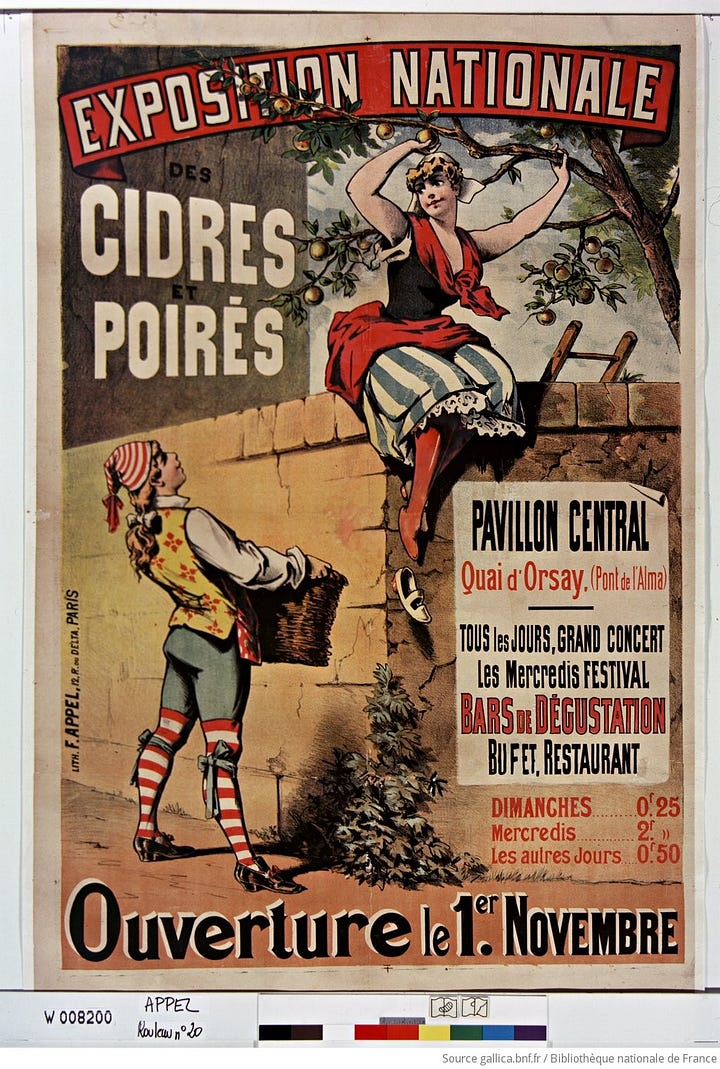
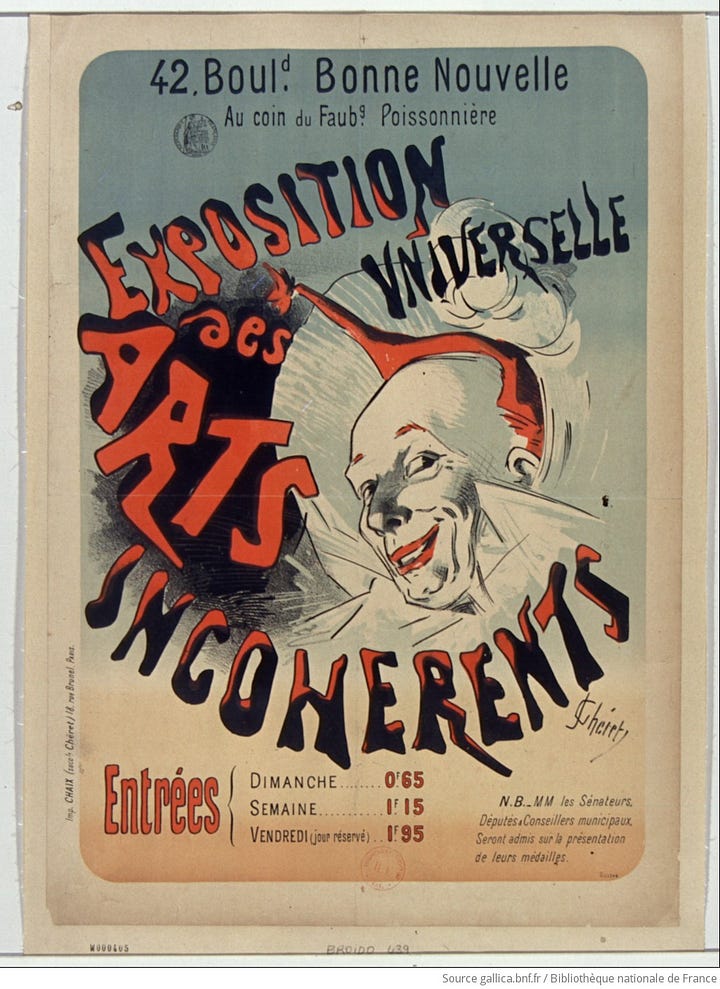
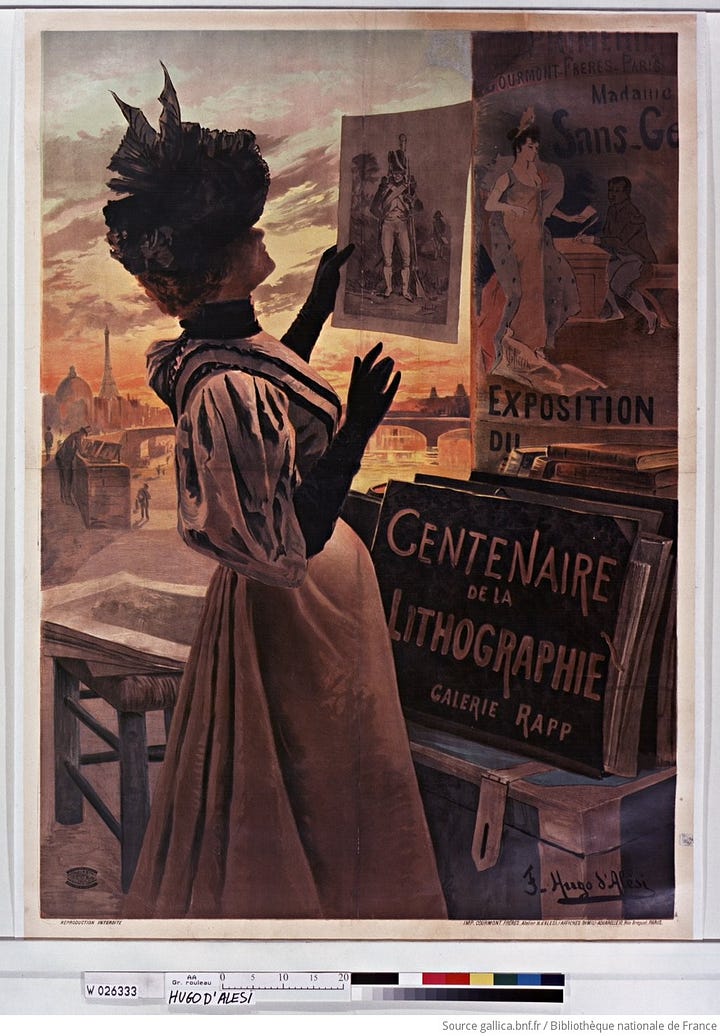
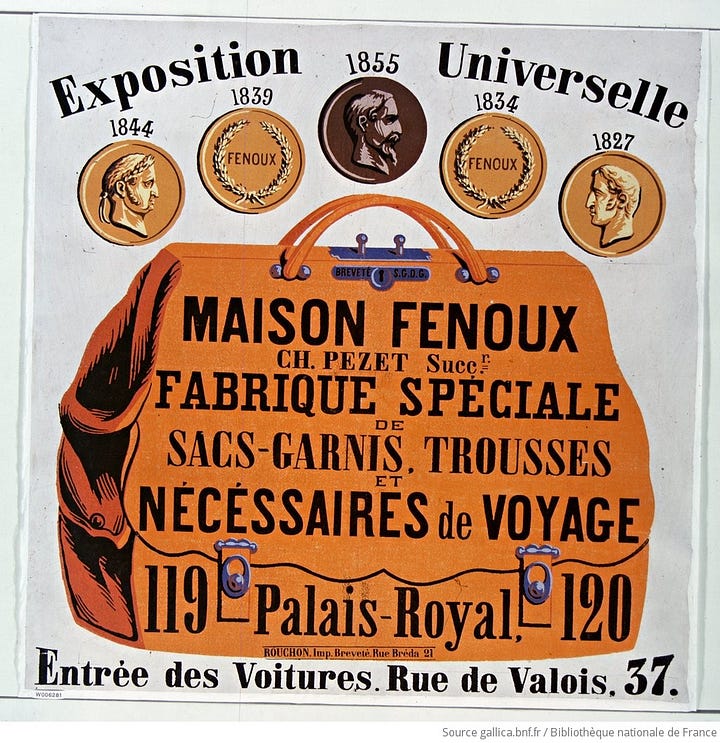
Posters were a great way to advertise upcoming exhibitions. They would announce specific industry events for art or food lovers, for example. Or they’d drum up some excitement for an upcoming World’s Fair (known in French as the Exposition Universelle) in Paris, like the one in 1889 when the Eiffel Tower was formally unveiled.
Food products
There were plenty of food advertisements to go around in the 19th and early 20th century. Items like coffee, rum from Martinique, oysters, or Breton waffles were offered up for temptation. France is also very big on their dairy industry, so there was no shortage of posters for milk and cheese:
Besides dairy, there was of course the sweet side of the appetite with plenty of ads to go around for French chocolate and biscuits:
Beef consommé must have been quite the thing in the 19th century because there were a lot of advertisements for it. Let us not forget that consommé was a cure-all back before a lot of modern medicine was developed. Nothing like some beef to get the blood flowing! My favorite ad is this one for a machine that makes ‘meat juice’:
Clothing
There are also advertisements for dressmaking and other clothing sellers offering high-quality garments.
Household machinery
Did you know that the carmaker Peugeot also made sewing machines? In the 19th century, sewing machines were revolutionary because it meant women could sew in their own home (let’s be honest, it was woman’s work back then). There were a good handful of French sewing-machine makers around the middle of the 19th century to rival the Americans, especially the US brand Singer.
I want to quickly mention that one of the great poster-makers in Paris was Henri de Toulouse-Lautrec. He was a prolific artist and spent a lot of his time up in the Pigalle area of Montmartre. Among his muses were the cancan dancers he saw (and painted) at the cabarets. He made lithographic prints advertising people or places in Pigalle. (I’ve written before about Toulouse-Lautrec’s adoration of brothels up there, too.)
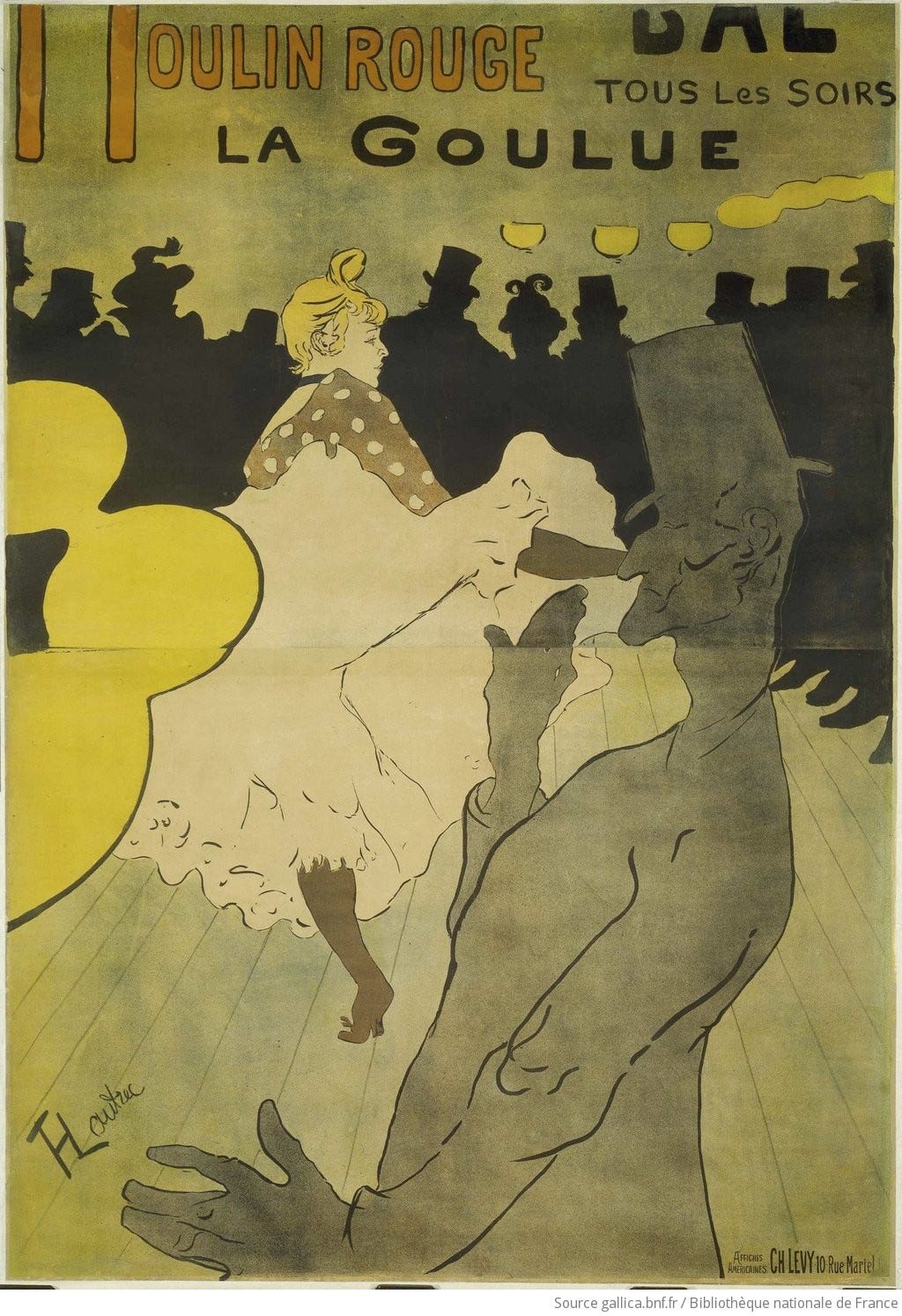
Unparalleled humor
Before I leave you, here is a poster that shows the French sense of humor with this ad for the ‘Salon des Humoristes’:







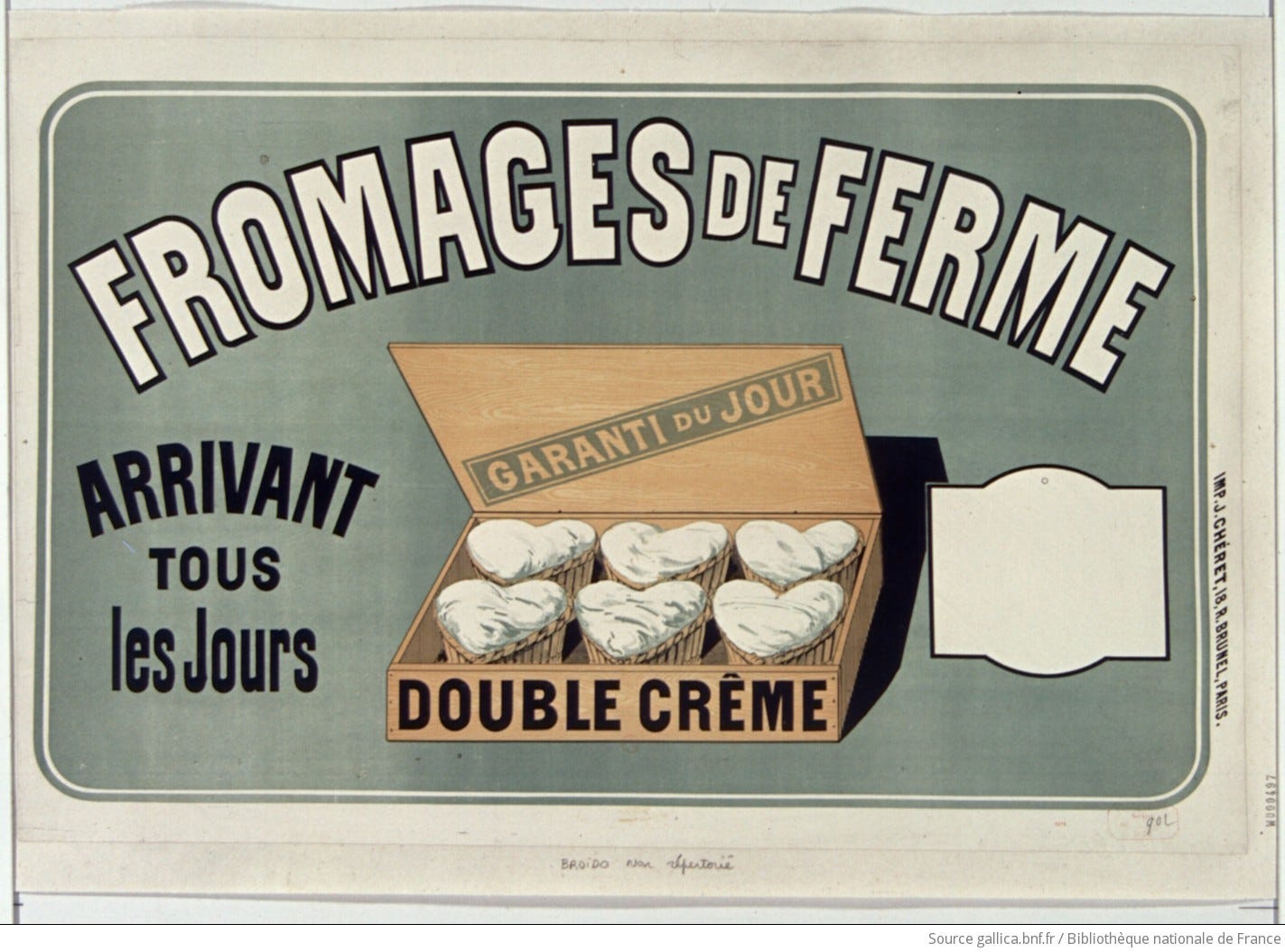
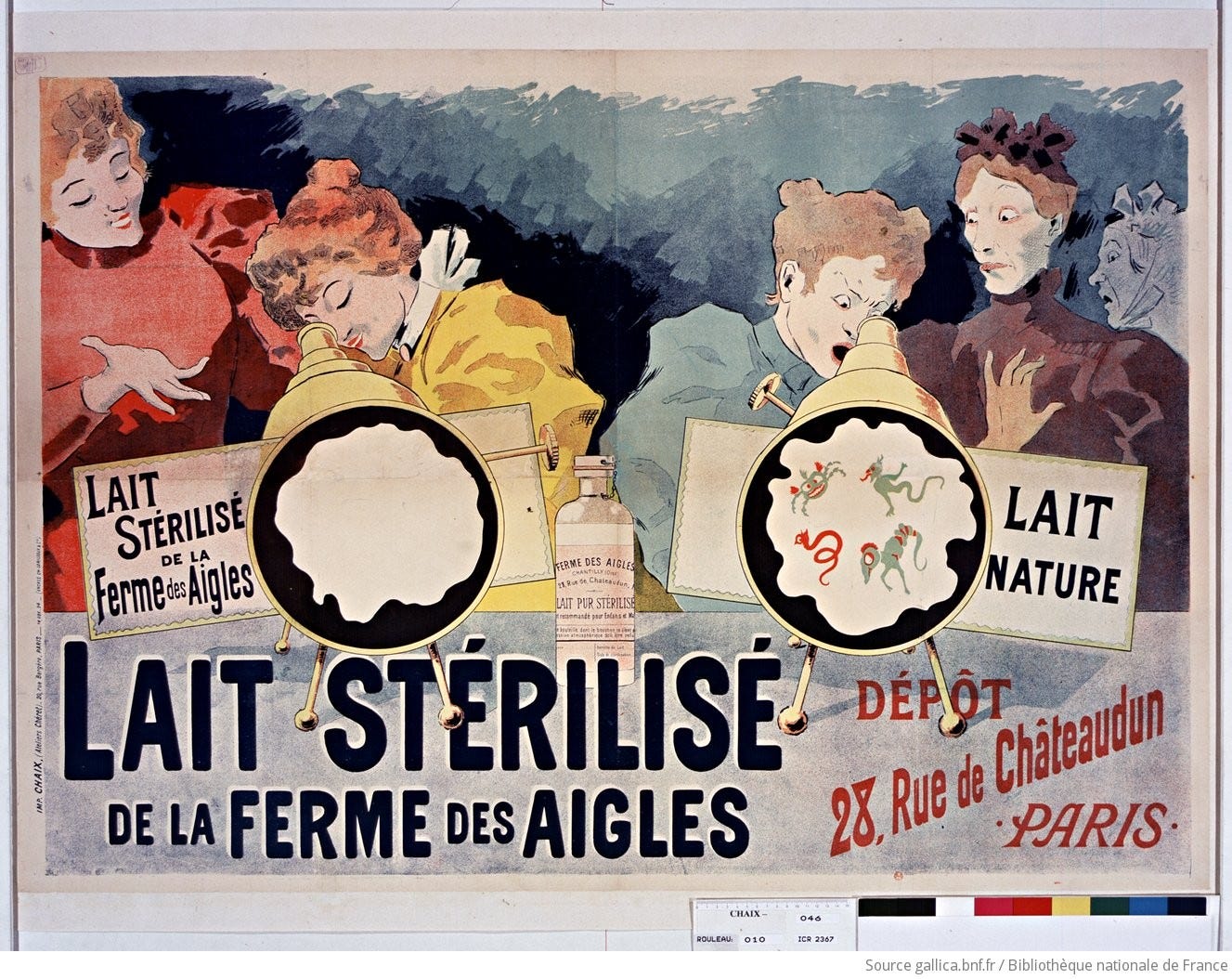
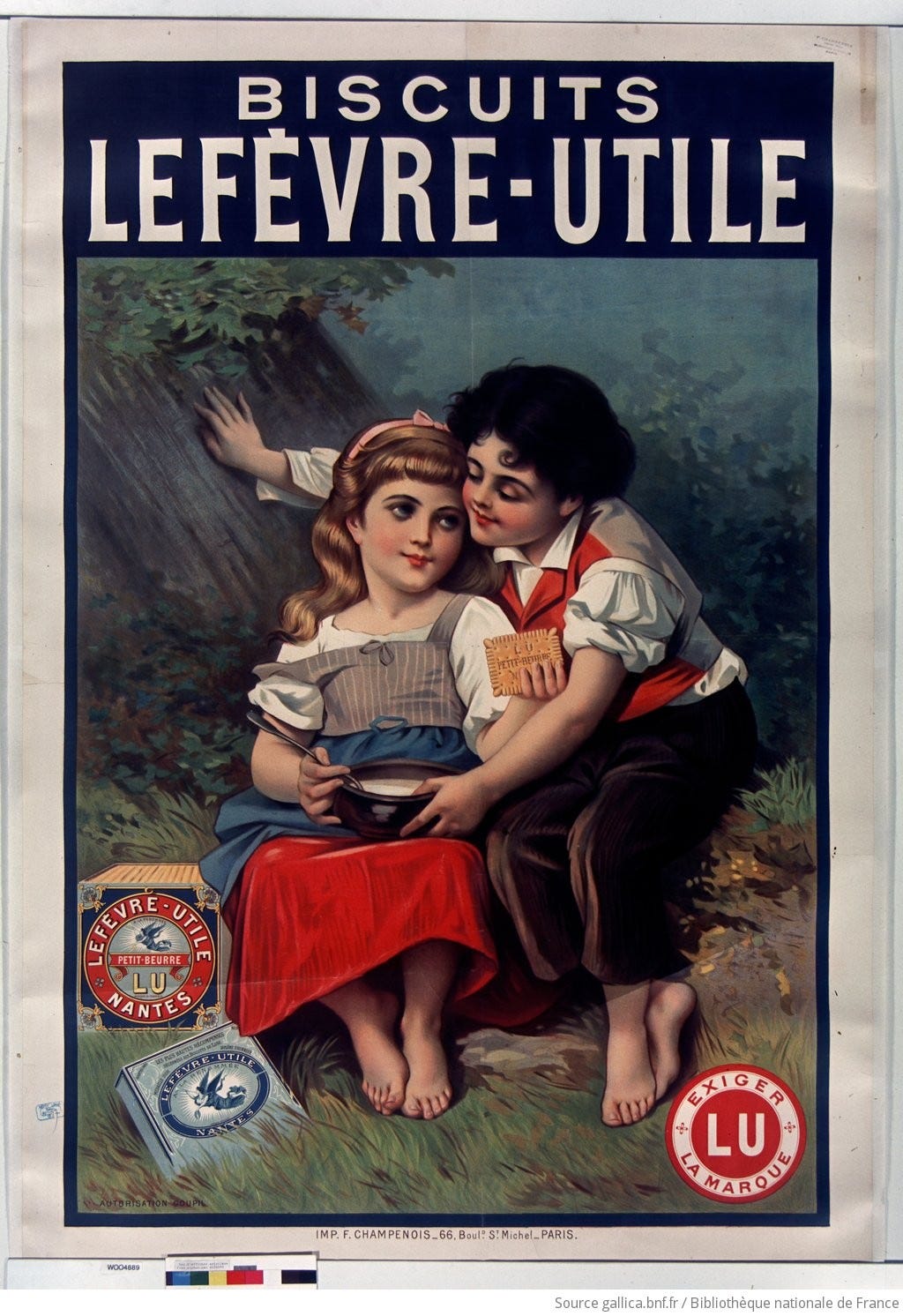

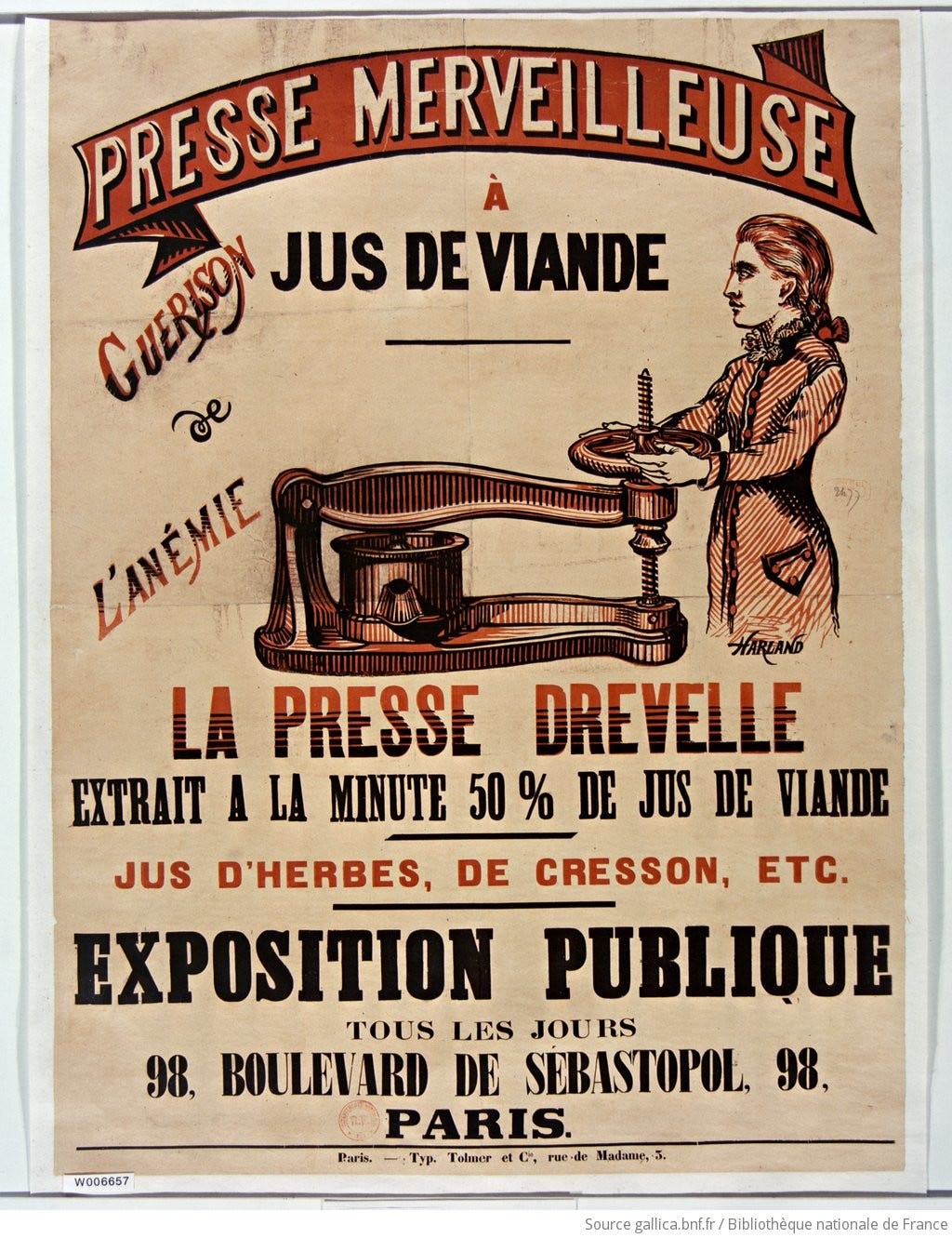
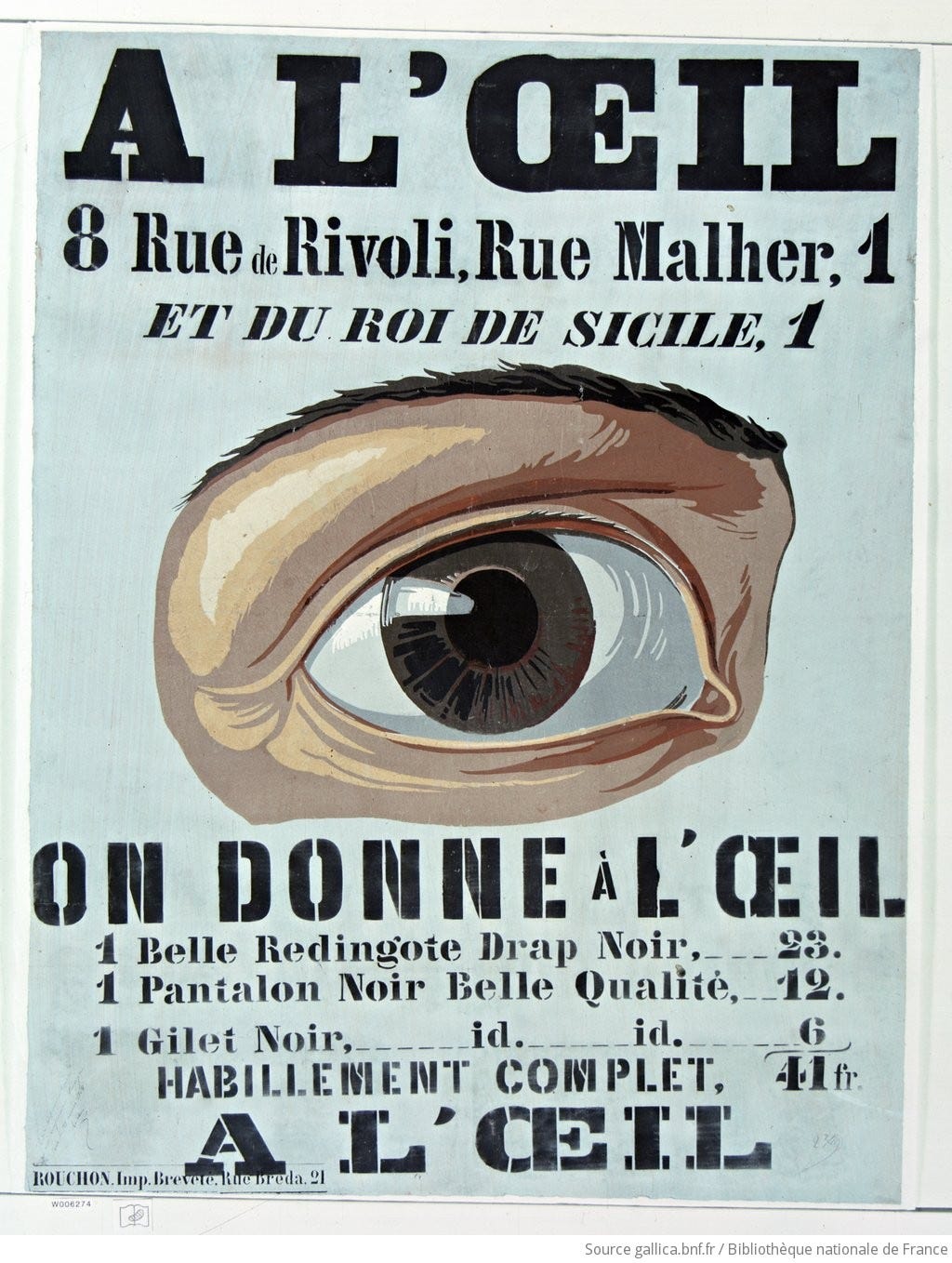
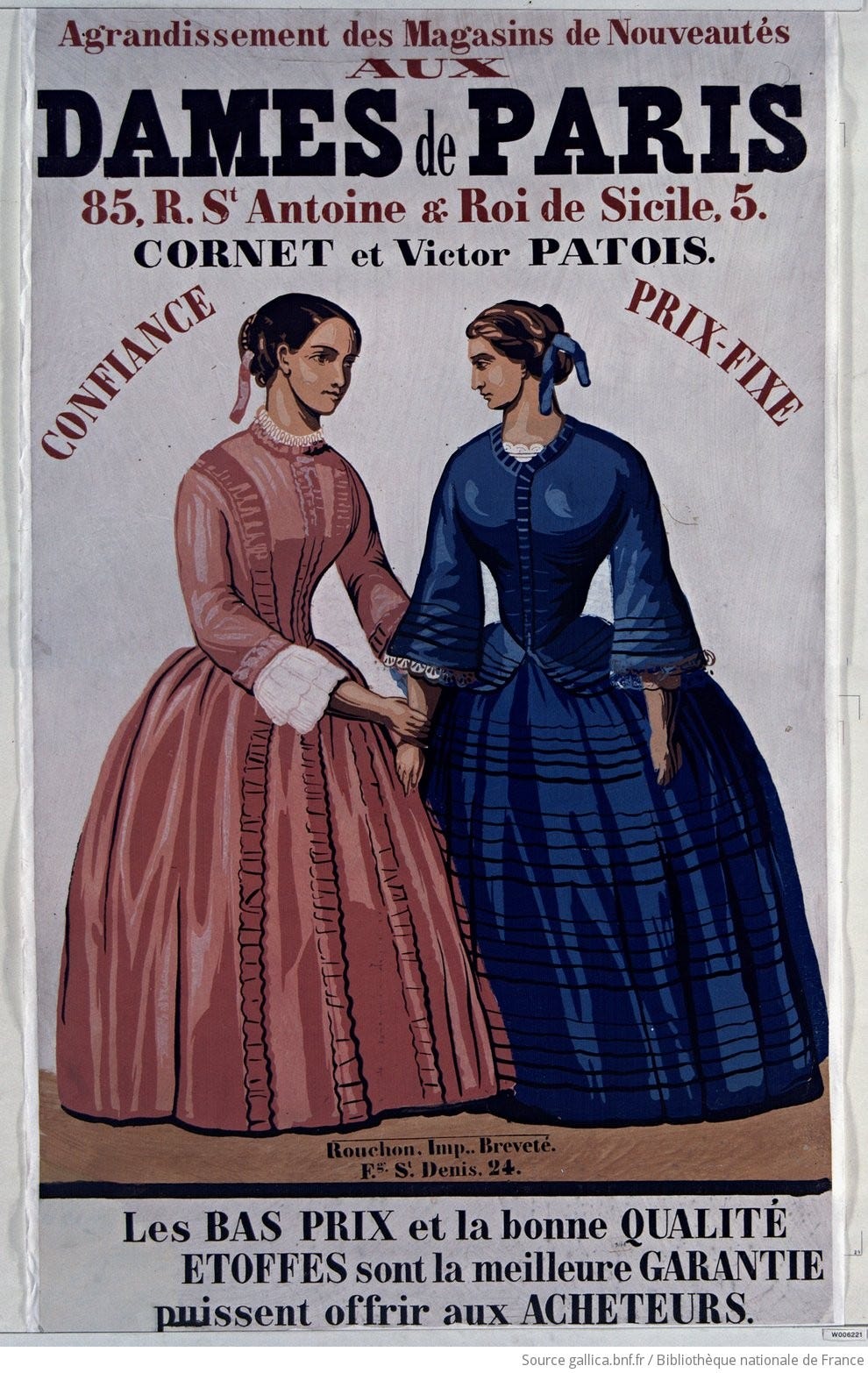
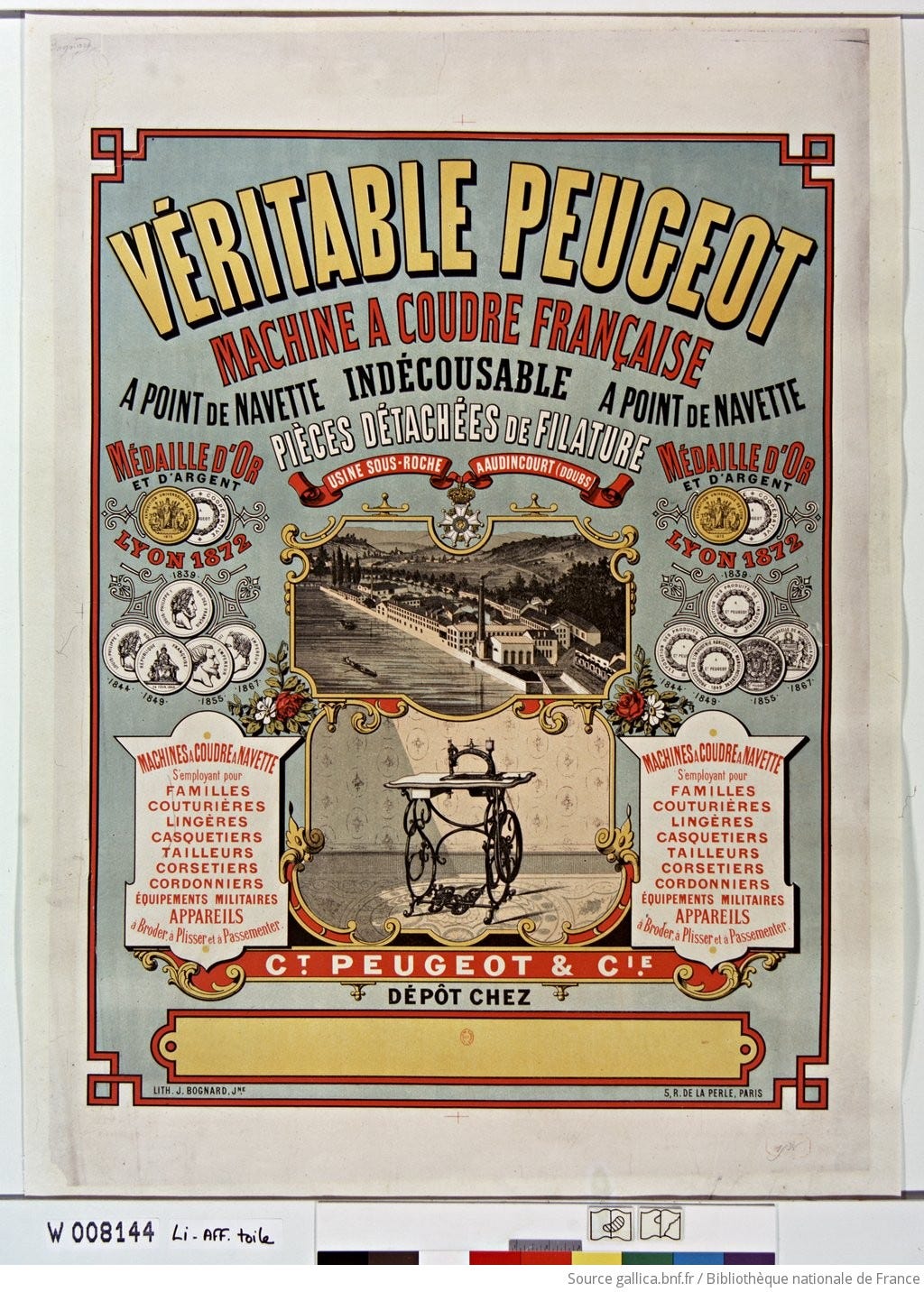

These are fascinating -- once again, great research!
It's worth noting that posters are still quite a thing in France, from the huge ads for cultural events in the métro, to posters for all types of events glued up around smaller cities and villages. I think towns may have to have some sort of "affichage public" space. However, advertising posters for products have disappeared.
I have a Parisian friend here in Aveyron who has mentioned that she never knows about the cultural events here because she can't see metro posters!
Loved your article!